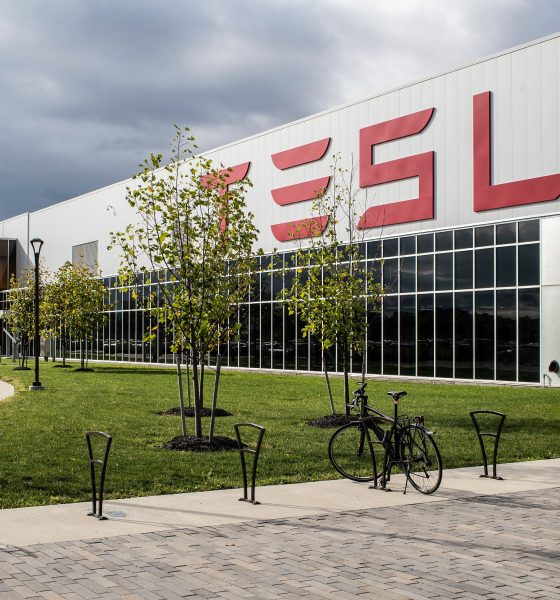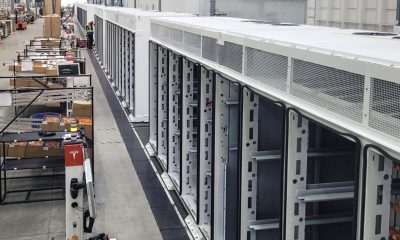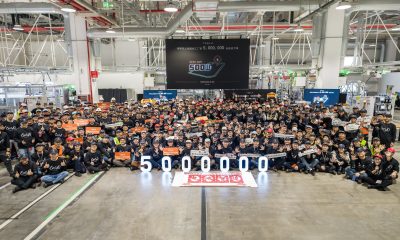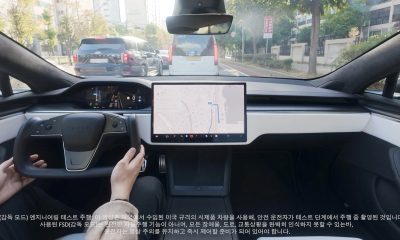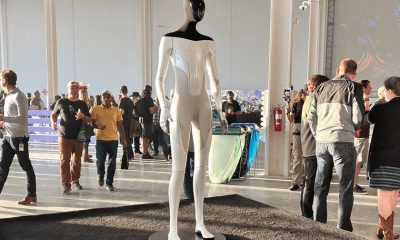Tesla’s Giga New York facility is ramping production to meet Elon Musk’s goals for the company’s energy business. Tesla started ramping solar roof sales and installations in 2019 when Q4’s 54 MW deployment showed a 26% jump from the previous quarter’s 43 MW.
In a series of recent tweets, the CEO shared some of his appreciation for the company’s workers involved in the ongoing rollout of the Solarglass Roof tiles. The third-generation tiles are Tesla’s flagship residential solar product, and they have the potential to disrupt the energy sector in a manner similar to how the Model 3 disrupted the midsize sedan market.
Musk’s tweets provided some updates about Tesla’s Solarglass Roof tiles. According to the CEO, new variants for the solar shingles are coming, though the company is mastering its current black tiles first. Tesla is also currently busy with installations in the Bay Area, though an expansion to other territories is coming soon.
Hard to believe that is high efficiency solar power seamlessly integrated into beautiful roof tiles. Great work by SolarGlass engineering, Giga NY factory & Tesla installation teams!
— Elon Musk (@elonmusk) February 9, 2020
California Today, The Rest Of The World Tomorrow
Starting Tesla’s Solarglass push in California makes a lot of sense, considering that it is a state where residents enjoy a solar investment tax credit of 26% for the purchase cost of energy systems between January 1 to December 31, 2020. This energy incentive will drop to 22% by 2021, and it will be retired by 2023. The incentives seem to have worked for the most part. As of December 2019, the state has 1 million solar systems installed, the majority of which are in residential properties.
Just like how Elon Musk plans to put Gigafactories in every continent to lay the foundation for Tesla, California is an excellent location to build a stronghold and develop a good case to convince consumers in other places to buy the company’s solar solutions. Musk, as most people might know, has the grand plan of transitioning the world towards sustainability and his current endeavor is an initial step to that goal.
Tesla has adopted a series of initiatives that are designed to make its energy products more attractive to consumers. Aside from lowering prices in October, Tesla has also introduced an incentive program encouraging Tesla owners to share their experiences about their energy products.
“The demand is very strong and we are working also not just through Tesla Solar Roof, but also through new homebuilders and through just the roofing industry in general, whether is in North America on the order of 4 million new roofs per year,” Musk said during the recent Tesla Q4 2019 earnings call.
According to Musk, he believes that eventually, the Solarglass Roof would be a matter of choice for consumers between having a live roof that generates power and a conventional roof that only serves a single purpose. Tesla may have a revolutionary product in the Solarglass Roof, and if it were to succeed, it will allow Tesla Energy to grow at a pace that matches or even exceeds that of the company’s electric car business.
The solar industry has a big room to grow and draws a bright future for players such as Tesla. Of all greener energy options, it is expected to boom the fastest from today through 2050.
I was pleasantly surprised by my recent visit to the Tesla plant. It was encouraging to see Solar roofs, batteries, and charging stations being built in the facility. Tesla reports over 1100 workers at the plant and they say they will hit 1460 by the April deadline. pic.twitter.com/33aSuRdQLC
— Senator Sean Ryan (@SenSeanRyan) February 8, 2020
Tesla’s Giga New York Ramps Production
To meet the demand, Tesla’s Giga New York is bustling with activity. The 88-acre property in Buffalo is home to the factory that produces Tesla’s solar modules. New York State Assembly member Sean Ryan toured the Tesla factory in Buffalo last Friday and was pleased with the progress.
“The factory is built out. It has complete lines running, product moving around, people are there, so it’s really transformed itself into what we’ve been hoping for,” Ryan said. “We’ve been holding our breath since we put that big bet down on Tesla. They had a slow start, and I was worried as we’re appoaching this spring they were going to hit their deadlines, but they’re right on track.”
Ryan last visited the factory 15 months ago and his testimony corroborates Musk claims recently that Giga new York is operating at a good pace.
Energy
Tesla starts hiring efforts for Texas Megafactory
Tesla’s Brookshire site is expected to produce 10,000 Megapacks annually, equal to 40 gigawatt hours of energy storage.

Tesla has officially begun hiring for its new $200 million Megafactory in Brookshire, Texas, a manufacturing hub expected to employ 1,500 people by 2028. The facility, which will build Tesla’s grid-scale Megapack batteries, is part of the company’s growing energy storage footprint.
Tesla’s hiring efforts for the Texas Megafactory are hinted at by the job openings currently active on the company’s Careers website.
Tesla’s Texas Megafactory
Tesla’s Brookshire site is expected to produce 10,000 Megapacks annually, equal to 40 gigawatt hours of energy storage, similar to the Lathrop Megafactory in California. Tesla’s Careers website currently lists over 30 job openings for the site, from engineers, welders, and project managers. Each of the openings is listed for Brookshire, Texas.
The company has leased two buildings in Empire West Business Park, with over $194 million in combined property and equipment investment. Tesla’s agreement with Waller County includes a 60% property tax abatement, contingent on meeting employment benchmarks: 375 jobs by 2026, 750 by 2027, and 1,500 by 2028, as noted in a report from the Houston Business Journal. Tesla is required to employ at least 1,500 workers in the facility through the rest of the 10-year abatement period.
Tesla’s clean energy boom
City officials have stated that Tesla’s arrival marks a turning point for the Texas city, as it highlights a shift from logistics to advanced clean energy manufacturing. Ramiro Bautista from Brookshire’s economic development office, highlighted this in a comment to the Journal.
“(Tesla) has great-paying jobs. Not just that, but the advanced manufacturing (and) clean energy is coming to the area,” he said. “So it’s not just your normal logistics manufacturing. This is advanced manufacturing coming to this area, and this brings a different type of job and investment into the local economy.”
News
Tesla Giga Shanghai just built its 5 millionth battery pack
The achievement highlights Giga Shanghai’s role as the automaker’s highest volume manufacturing complex.
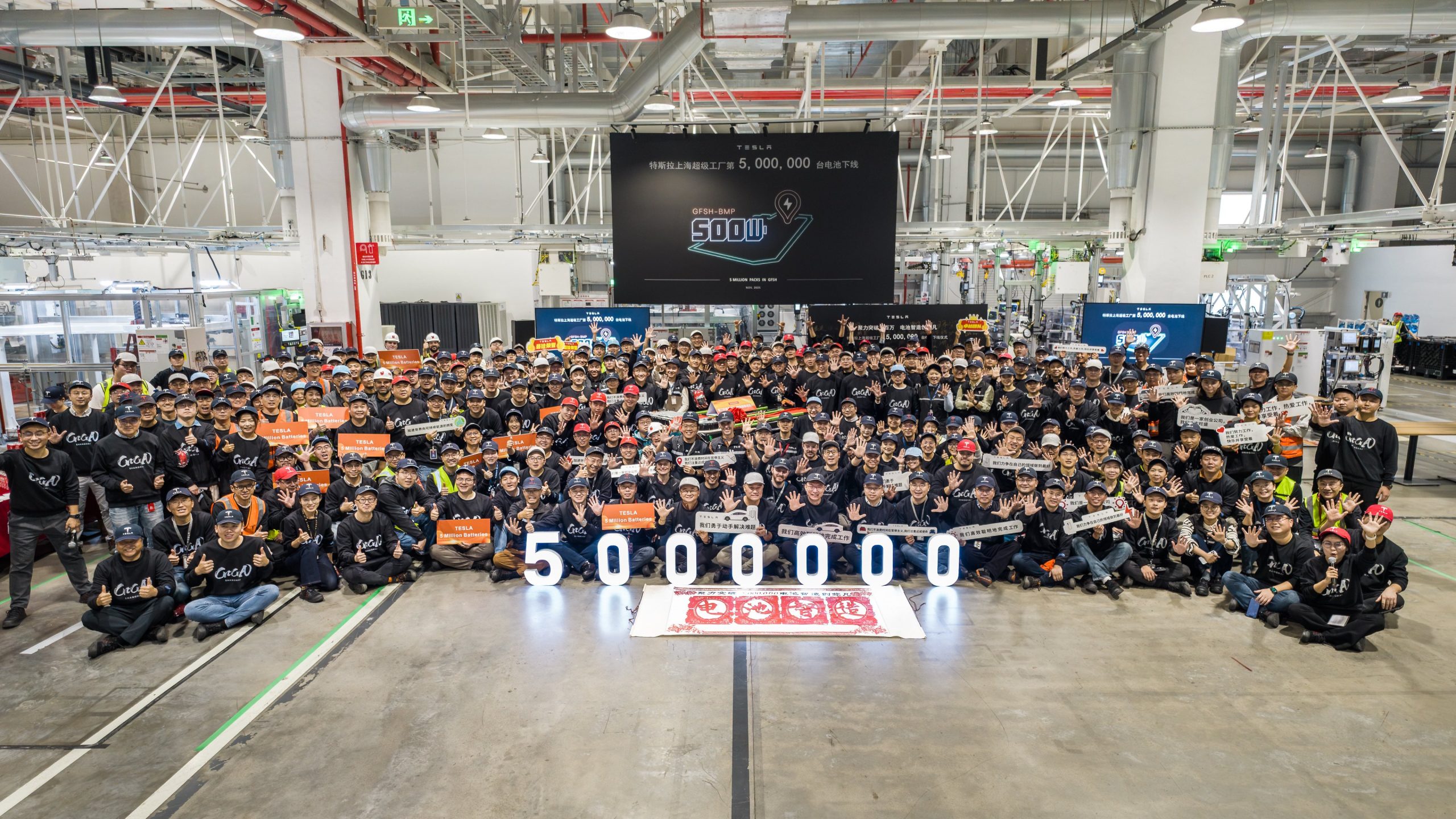
Tesla’s Shanghai Gigafactory has reached a major production milestone, with its five millionth battery pack rolling off the line this week.
The achievement highlights Giga Shanghai’s role as the automaker’s highest volume manufacturing complex and primary vehicle export hub.
Giga Shanghai’s new milestone
Tesla announced the milestone on X and Weibo, sharing images from the facility where the five millionth pack was completed. Images showed the Giga Shanghai team posing for a commemorative photo with the facility’s five millionth battery pack. Several of the company’s executives congratulated the Tesla China team for its recent milestone, including SVP Tom Zhu, who wrote “Power up, team!” in a post on X.
While Tesla designs and assembles its battery packs in China, the cells themselves are supplied by local partner CATL and South Korea’s LG Energy Solution, as noted in a CNEV Post report. Tesla China has stated that its pack safety standards exceed industry norms several times over, with longevity engineered to outlast vehicle lifespans.
Giga Shanghai’s growing role
Construction of Giga Shanghai began in early 2019, becoming China’s first wholly foreign-owned auto manufacturing facility. Giga Shanghai’s first phase was completed within the year, producing Model 3 sedans by the end of 2019. It now produces both Model 3 sedans and Model Y SUVs for domestic and export markets, with an annual capacity approaching one million vehicles.
Despite the record-setting battery milestone, Tesla China’s recent domestic results left a lot to be desired. As per the China Passenger Car Association, Tesla’s retail sales in October dropped 36% year over year to 26,006 units, the lowest since late 2022. Analysts attributed the decline to Giga Shanghai’s focus on exports last month, as well as the ramp of compelling rivals like the Xiaomi YU7.
News
Tesla confirms upcoming launch of FSD Supervised in South Korea
The announcement came through a post from Tesla Korea’s official account on X.
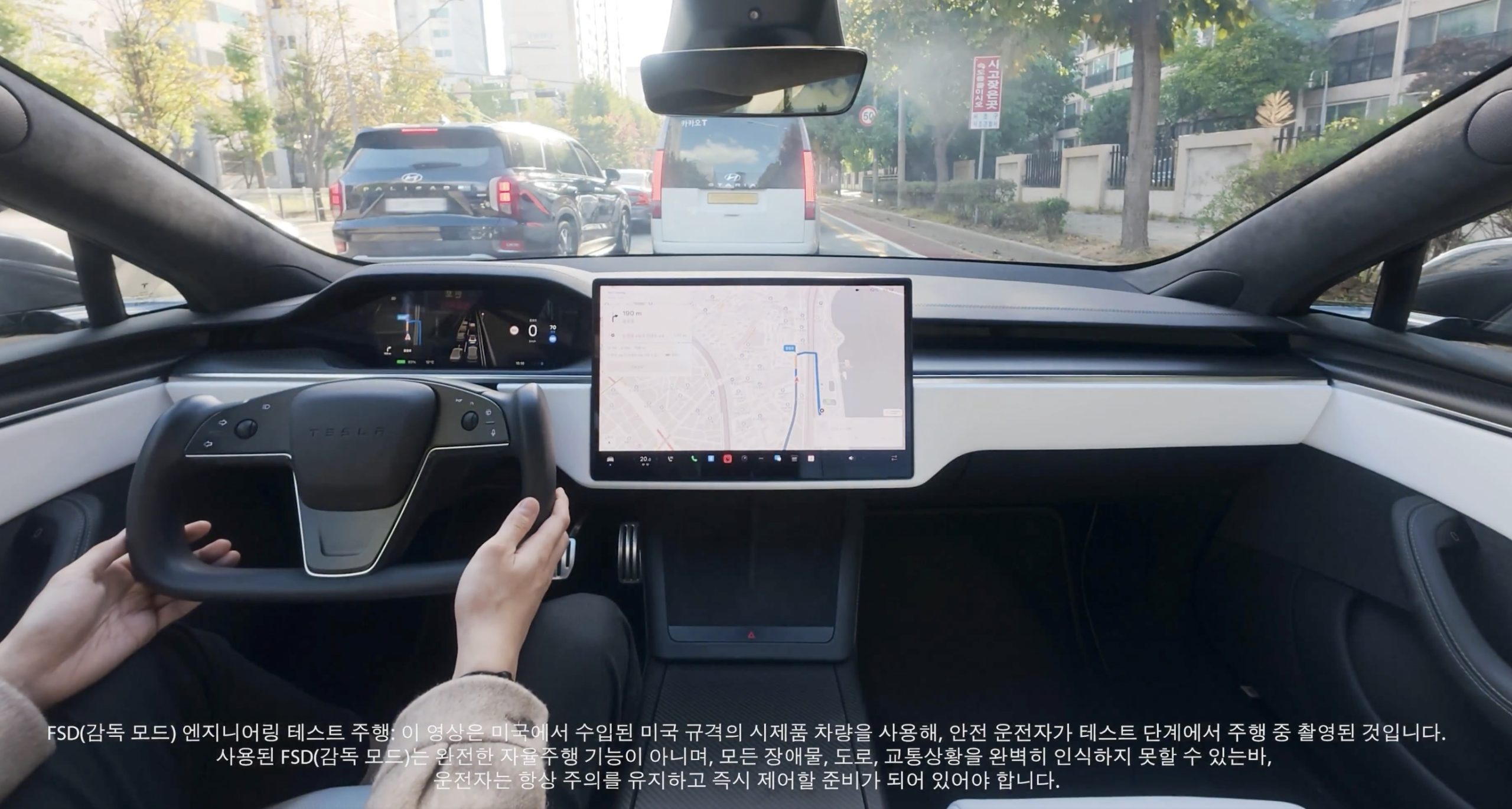
Tesla has confirmed that it will be releasing its Full Self-Driving (FSD) Supervised system in South Korea. The announcement came through a post from Tesla Korea’s official account on X, which featured a video showing the system navigating local roads in a Tesla Model S sedan.
FSD Supervised in South Korea
The teaser video posted by Tesla Korea showed a vehicle performing lane changes, navigating intersections, and even parking without driver input, all while the driver kept their hands off the steering wheel. The footage was filmed on domestic roads, suggesting that Tesla Korea has been initiating FSD test drives in the country for some time.
Tesla’s FSD software currently exists in two versions: supervised and unsupervised. The supervised version still requires driver attention, while the unsupervised variant, which is being used in the company’s Robotaxi service, allows full autonomy. Tesla has confirmed plans to expand supervised FSD to Europe, and China, as well as markets like Japan, sometime next year.
South Korea’s FSD likely for U.S.-made cars to start
In South Korea, Tesla’s popularity has surged despite FSD not yet being available in the country. This is largely due to the new Model Y, which was launched in April. Thanks to the vehicle’s reasonable price and features, the new Model Y has driven domestic sales up 92.8% year-over-year, securing Tesla’s place among the country’s top imported carmakers.
With FSD, Teslas become significantly more compelling vehicles. Analysts warn, however, that legal and regulatory hurdles could complicate FSD’s local introduction. Over 80% of Teslas sold in South Korea are manufactured in China, and those vehicles must comply with domestic safety standards, as noted in a Chosun report.
Industry experts suggest the first wave of FSD-enabled vehicles will likely be U.S.-made, as models built under the Korea-U.S. Free Trade Agreement automatically meet South Korean safety requirements.
“Since the supervised FSD is a technology that assists driving, its introduction in South Korea is technically feasible. However, potential conflicts with domestic road laws and safety standards are a concern,” one industry insider told local media. “US-made vehicles are not subject to South Korean safety standards due to the Korea-US FTA, making FSD implementation relatively easier, whereas the situation differs for Chinese-made vehicles.
-

 News5 days ago
News5 days agoTesla shares rare peek at Semi factory’s interior
-

 Elon Musk5 days ago
Elon Musk5 days agoTesla says texting and driving capability is coming ‘in a month or two’
-

 News4 days ago
News4 days agoTesla makes online ordering even easier
-

 News4 days ago
News4 days agoTesla Model Y Performance set for new market entrance in Q1
-

 News5 days ago
News5 days agoTesla Cybercab production starts Q2 2026, Elon Musk confirms
-

 News5 days ago
News5 days agoTesla China expecting full FSD approval in Q1 2026: Elon Musk
-

 News6 days ago
News6 days agoTesla Model Y Performance is rapidly moving toward customer deliveries
-
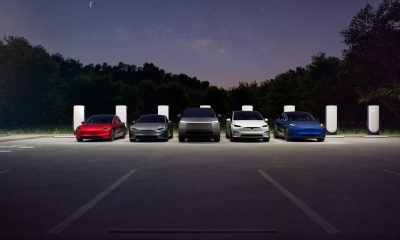
 News3 days ago
News3 days agoTesla is launching a crazy new Rental program with cheap daily rates


